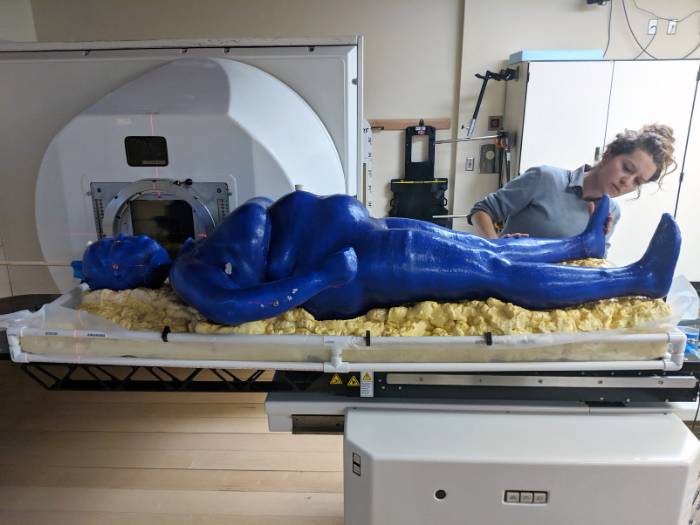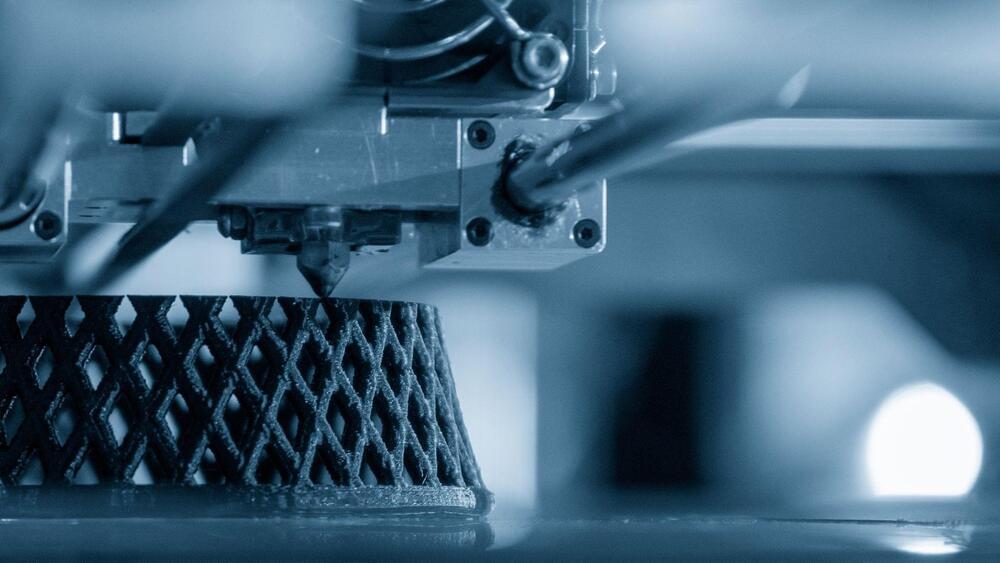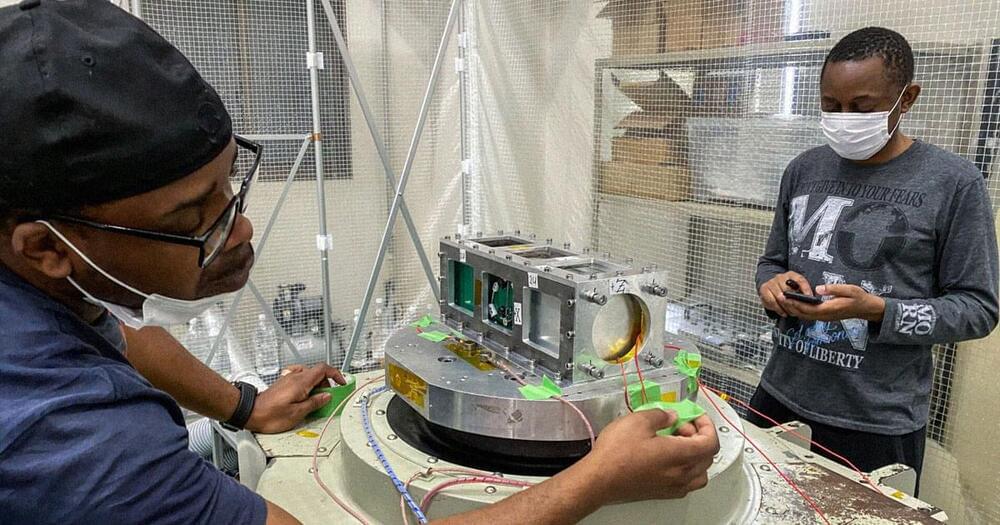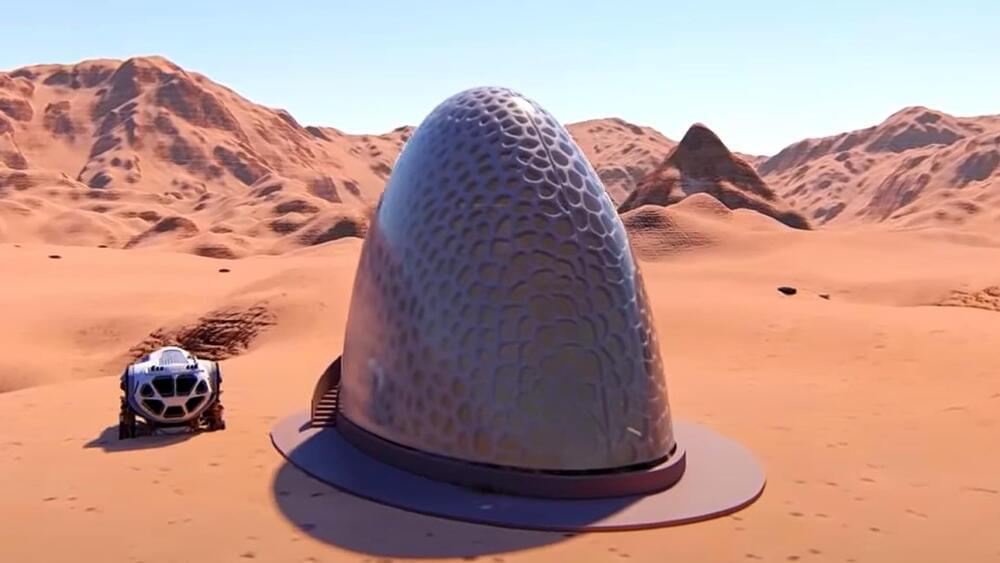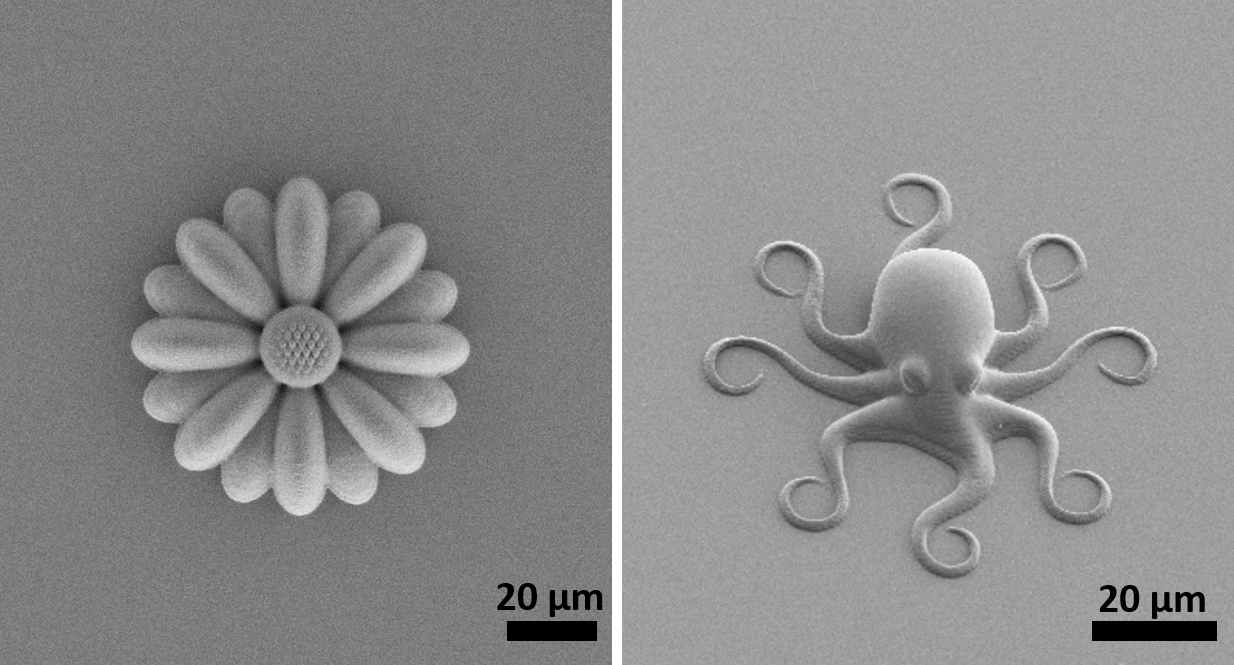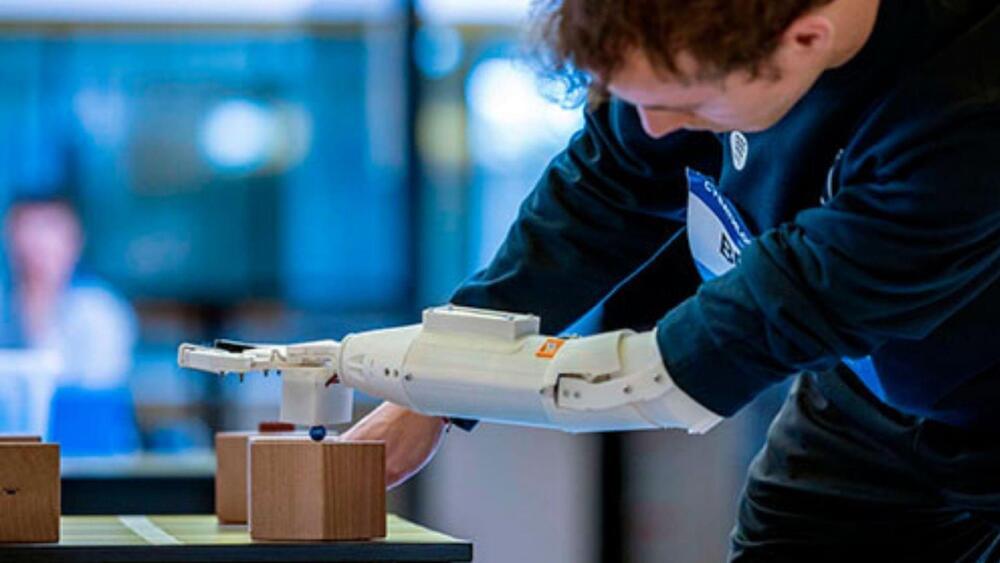face_with_colon_three circa 2018.
Meagan Moore, a Biological and Agricultural Engineering student from Louisiana State University (LSU) has 3D printed a full-size model of the human body for use in radiotherapy.
Such models used in radiotherapy mimic the human tissue, and in medical terms are known as imaging phantoms or phantoms. They are used in radiotherapy to estimate the amount of dose delivery and distribution. A customized phantom of a patient can make the whole process more precise.
3D printing and cancer research
As has been previously reported, 3D printing is being explored by researchers for use in cancer treatment. Earlier this year, Adaptiiv Medical Technologies’ 3D printed bolus was approved for radiation therapy.
